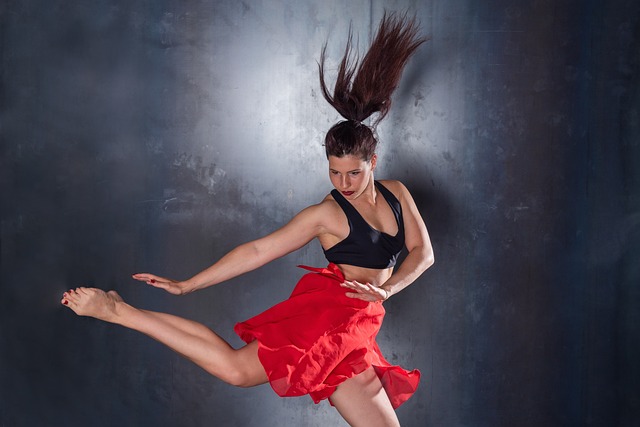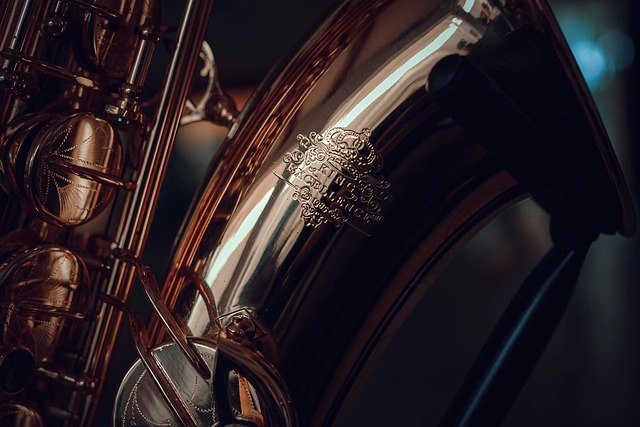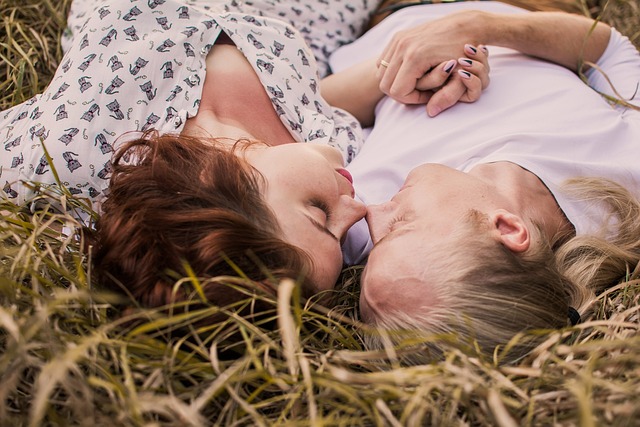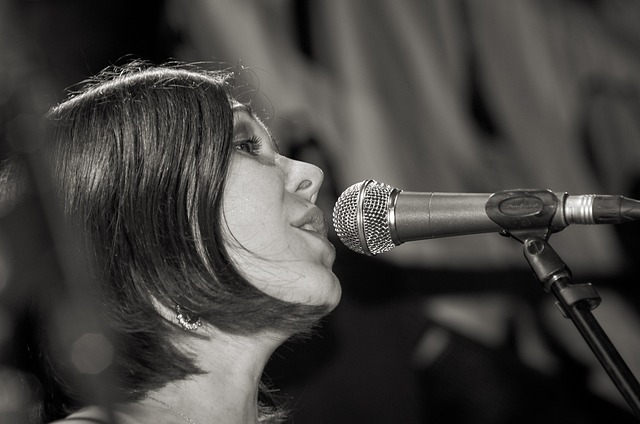Jazz dance, a beautiful fusion of rhythm, style, and expression, has transcended its origins in the African-American communities of the early 20th century to become a cornerstone of the modern party scene and music culture. It is more than just a dance form; it embodies the very spirit of jazz music itself—a blend of spontaneity, improvisation, and a passion that can ignite any gathering.
When we think of jazz dance, visions of dancers moving fluidly to the syncopated rhythms of jazz music come to mind. The dance is characterized by its energetic movements and the infectious spirit it brings to both performers and audiences. This connection to music is natural, as jazz dance emerged from the same cultural movements that produced iconic musical genres like swing, bebop, and later, funk. Each of these styles has contributed to the evolution of jazz dance, making it an ever-evolving form that reflects the mood and vibe of its time.
In party scenes, jazz dance contributes to an atmosphere of joy and liberation. Imagine stepping into a dimly lit club with live jazz musicians playing their hearts out, while dancers take to the floor, their feet tapping and bodies swaying in sync with the rhythm. The sounds of brass instruments, the smooth bass lines, and the soulful vocals create a backdrop that invites everyone to join in the celebration of music and movement. Jazz dance not only encourages participation but also fosters a sense of community among those who revel in the grooves and beats.
The influence of jazz dance on music culture extends beyond parties. It has shaped the way music is performed and experienced. Musicians often draw inspiration from the improvisational aspects of jazz dance, leading to groundbreaking performances that invite interpretation and encourage creativity. This synergy elevates jazz dance as an art form, showcasing its versatility and connections to various musical genres, from hip-hop to contemporary jazz. Artists and choreographers have embraced jazz techniques, thereby ensuring that the dance style continues to be relevant and inspiring for new generations.
The heart of jazz dance lies in its ability to adapt and evolve with the times. As musical styles have changed, so too has jazz dance, reflecting the culture of the era. Today’s jazz dance includes elements from modern dance and street styles, making it accessible to a broader audience. This evolving nature has kept jazz dance alive in the vibrant landscapes of festivals and dance-offs where participants showcase their skills and personal style, demonstrating that jazz dance is as much about personal expression as it is about tradition.
Moreover, jazz dance has played a significant role in educational settings, providing a foundation for many aspiring dancers who wish to explore the performing arts. Dance studios and institutions around the globe have incorporated jazz dance into their curriculum, emphasizing its importance in both the historical and contemporary contexts of dance and music culture. Through classes, performances, and workshops, the rhythmic elegance of jazz dance continues to inspire countless individuals who find joy and passion in movement.
Ultimately, the essence of jazz dance shines brightly in both music culture and the party scene. It is a celebration of life, rhythm, and connection—a dynamic form that invites everyone to participate in the joy of movement. Whether you are a seasoned dancer or simply someone who enjoys the infectious rhythms of jazz music, the impact of jazz dance can be felt in every beat, every step, and every spirited celebration. Embracing this dance form means embracing the rich tapestry of musical culture that it has helped to weave throughout the ages.




